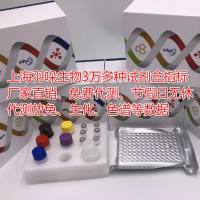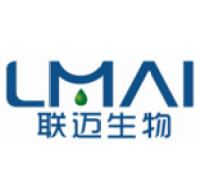DNA Shuffling
互联网
1746
DNA shuffling is a method for in vitro recombination of homologous genes invented by W.P.C Stemmer (1 ). The genes to be recombined are randomly fragmented by DNaseI, and fragments of the desired size are purified from an agarose gel. These fragments are then reassembled using cycles of denaturation, annealing, and extension by a polymerase (see Fig. 1 ). Recombination occurs when fragments from different parents anneal at a region of high sequence identity. Following this reassembly reaction, PCR amplification with primers is used to generate full-length chimeras suitable for cloning into an expression vector.


Fig. 1. Schematic of DNA shuffling method. Parental genes are cleaved randomly using DNaseI to generate a pool of fragments. These fragments are recombined using PCR with a specialized thermocycling protocol. Fragments are denatured at high temperature, then allowed to anneal to other fragments. Some of these annealing events result in heteroduplexes of fragments from two homologous parents. Annealed 3′ ends are then extended by polymerase. After 20–50 cycles of assembly, a PCR amplification with primers is used to selectively amplify full-length sequences.









